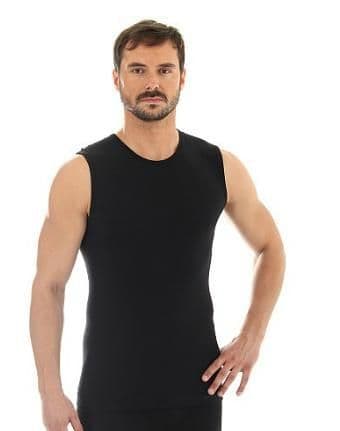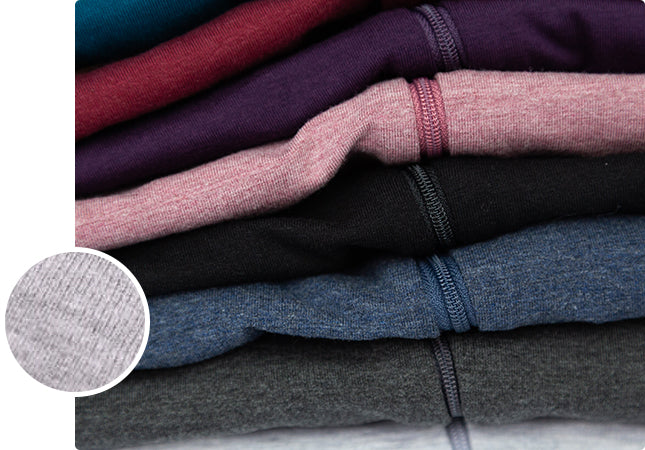Cool Merino Wool Base Layers Site
Wiki Article
What Makes Yak Merino An Excellent Base Layer To Wear For Winter Sports Clothing With Regards To Temperature Regulation, Warmth And Humidity Control?
The base layer that is made of yak merino is ideal for winter sports clothes because it blends elements that improve warmth, temperature control as well as moisture management. It also provides comfort.
Insulating Properties: Both yak and merino wool have natural properties for insulation. The hollow fibers in yak's wool are able to trap air and give great warmth. Merino Wool is famous for its superior insulation.
Controls body temperature - The fabric is breathable and can help to regulate body temperature by retaining heat during cold temperatures.
Moisture Management-
Merino Wool's Moisture Wicking Properties draw sweat from your skin and distribute it to the surrounding area, preventing sweat. Yakwool is also a great way to transport water. It keeps users dry and comfortable when engaging in intense physical activity.
Comfort-
Softness Merino fibers are renowned for their soft, fine fibers that are gentler on the skin. The addition of yak-wool fibers which are soft will also increase comfort.
Odor Resistance - Both kinds of wool have antimicrobial properties that reduce the spread and growth of bacteria causing odors. This helps keep the clothing fresh.
Durability-
Strength and Resilience: Yak wool is a very excellent level of durability. When it is combined with the resilience and strength of merino fibers fabric is created to be strong and resistant.
Natural Fiber Benefits-
Renewability - Yak and Merino Wool are biodegradable, renewable fibres that are environmentally friendly.
Variability - The inherent wools' properties enable them to adapt to a variety of weather conditions, maintaining their efficiency in both dry and dry environments.
Combining yak wool with merino allows for a fabric to be made that is warm and durable and also regulates temperatures and controlling moisture. This makes yak and merino wool base layers perfect for winter sportswear. They are specifically designed to meet the requirements of outdoor sports in cold climates, while maintaining the wearer warm and dry. Read the most popular continued for blog recommendations including snow base layers, wool base layer womens, best thermals for skiing, wool thermal underwear, snow base layers, wool mid layer, smartwool 250 base layer women's, smartwool classic thermal, merino wool base layer clearance, merino wool first lite and more.

What Are The Advantages Of Bamboo Clothing With Regard To The Environment, Sustainability, And Comfort For Outdoor Winter Clothes?
Bamboo clothing provides many benefits when it comes to outdoor winter clothes in terms of comfort, sustainability and security. Comfort-
Bamboo fabric is known for its softness and silky texture, making it gentle on the skin. Bamboo fabric is frequently compared in terms of the luxuriousness of cashmere and silk.
Bamboo fibers possess moisture-wicking characteristics, which pull moisture away and help keep users dry and comfortable when they engage in physical activities.
Thermal Regulation- Bamboo clothing has natural temperature-regulating properties, providing warmth in winter while remaining breathable to prevent overheating.
Sustainability-
Bamboo is a very sustainable resource. It is able to grow quickly without pesticides or chemical fertilisers. It is extremely renewable, which makes it the ideal material for clothing.
Low environmental impact Bamboo farming consumes less water and is more efficient. It also does not deplete the soil's nutrients. Bamboo absorbs more CO2 than other plants and also releases more oxygen into the air.
Protection for Outdoor Wear-
UV Protection - Bamboo fabric is naturally UV-resistant, offering natural protection against harmful sun radiation.
Antibacterial properties- Bamboo contains an antimicrobial substance that is known as "bamboo kun," that helps to prevent the growth of bacteria responsible for odor and keeps clothing fresher over longer time, especially during outdoor activities.
Other Benefits
Durability Bamboo fibers are known for their the highest degree of durability and are therefore suitable for outdoor apparel that will be subjected harsh use.
Biodegradability: Bamboo clothing can be biodegraded, which means it can break down in its own way when it is the end of its lifespan. This minimizes the environmental impact.
Bamboo fabrics used in outdoor clothing for winter has many benefits, including comfort, thermal regulation. moisture management and sustainability. View the recommended bamboo clothing for more tips including bamboo chafing shorts, bamboo trousers mens, bamboo tee shirts wholesale, bamboo boxer shorts for men, bamboo shirt, faceplant pajamas, bamboo cotton t shirts, bamboo exercise clothing, bamboo yoga trousers, sustainable bamboo clothing and more.

What Is The Different Between Wool And Merino Clothing?
In comparison, merino wool is compared to traditional wool and bamboo clothes in terms texture, warmth as well as moisture absorption. texture.
Merino WoolMerino Wool Merino wool is known for its softness and fine fibers, offering an easier and smoother texture when compared to wool that is traditional. It is frequently considered to be more gentle to the skin.
Bamboo Clothing Bamboo fabric is smooth and silky. It is often compared to high-end materials like cashmere or silk. It's silky and soft, which makes it easy to wear.
Traditional Wool: Traditional wool may vary in texture, some types may feel coarser and more susceptible to discomfort or itching when compared with merino or bamboo clothing.
Warmth-
Merino Wool Merino is an excellent wool for warmth because of its properties for insulation. It holds heat even when damp, and is an effective insulation for colder weather.
Bamboo Clothing- Bamboo clothing also can be warm, but it may not provide the same amount of insulation like merino wool. The bamboo regulates body temperatures well and is comfortable under all circumstances.
Traditional Wool: Like merino merino provides warmth, insulation, and comfort. Although it is often more heavy, or bulkier than bamboo or merino clothes.
Moisture Absorption-
Merino Wool Merino Wool Merino Wool has excellent moisture-wicking qualities, allowing moisture to drain away from your skin to evaporate. It is warm even when damp.
Bamboo Clothing - Bamboo fabric is a moisture-wicking fabric that allow it to remove moisture from your skin, and offer ease of exercise. It is able to regulate moisture while keeping the wearer dry.
Traditional Wool- Although wool can hold in moisture, it might not have the same properties of moisture wicking as bamboo or merino fabric. Certain types of sheep's wool can feel heavy and damp after being damp.
Summary Merino Wool is renowned for being soft, warm, and having excellent water-wicking properties. Bamboo clothing has a smooth and silky texture. It is warm and regulates moisture well. Traditional wool can vary in texture, and could give warmth and absorption of moisture however it may feel coarser or heavier in comparison to merino or bamboo clothing. Each type of material has distinctive features that are crafted to meet the needs of different people and tastes. View the top rated merino winter clothing examples for website recommendations including smartwool long sleeve shirt, skiing mid layers, merino wool long underwear women's, merino wool base layers, omniwool base layer, best ski underlayers, merino wool mid layer, merino wool base layer pant, merino base layer, spyder baselayer and more.
